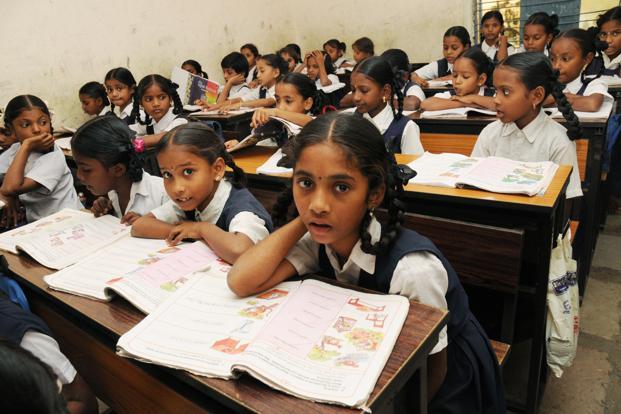Education in India has proven to produce academic excellence worldwide. Many graduates and undergraduates are picked up by major national and multinational companies soon after their course duration. In the world today, Indian employers and students are in a high demand and companies keenly look to hire Indians with huge capability in various fields of employment. India has succeeded in producing a vast number of high potential engineers and doctors who occupy important positions in various companies and other sectors across the globe. Indian Education has been as competent as ever as the demand for employers climbs the peak. Every year, the success and production rate of students steeply increases thereby contributing largely to the employment sector in the world. Whether it is software, IT, mechanical or other fields, Indians stand out on top. During the financial crisis, India is one of the only countries that were able to drive profit from the technological sector in turn accountable to increased placement rates and higher pay scale packages. Indian Education has a key role to play behind the curtains.
The Indian Education system comprises of various levels of education. As an individual progress from his childhood to his adulthood, he travels through a cycle of education constituted by minor levels. The fundamentals of learning and the basics to all education are taught at the kinder garden level. Children are taught about the basics through an interactive session involving complex teaching processes and games. This level is divided into two phases- the lower kinder garden and the upper kinder garden. After two years of dedicated learning, fun and frolic, the child is perfectly molded to be able to receive higher education. The lower elemental levels of learning are taught during five years in the lower primary. Here, children are exposed to new ideas and concepts leaving their imagination open to all kinds of questions and queries. Once they have summed up all the necessary basics for progress, they are pushed into the higher levels of primary education. Three more years of upper primary settle you with basic social and material sciences before you move ahead into the high school level.
As a child progresses from primary level to the high school level, he is totally built firm on a long lasting foundation and concepts are taught more vividly and in much more detail. These two years are then followed by two years of higher secondary education where the concepts are deepened and the intensity is considerably multiplied. These two years in combination with the two years of high school are often termed as turning point of once educational career. The next stage of education cycle is the advanced study of one’s personal interest as they are enrolled in degree programs in various colleges, where they are taught the necessary skills to manipulate and efficiently handle their choice of work. During the college level, each student is taken into the depth of their subject more than ever before and enhances their level of subject understanding to the highest possible level as of late. Education is a never ending process. As long as we live, we keep learning and the knowledge we come to possess keeps piling up. Although education never knows its upper bounds, we stop at the undergraduate level. At this level we are pushed into a world full of responsibilities were education is transformed into learning and understanding the values of life.
